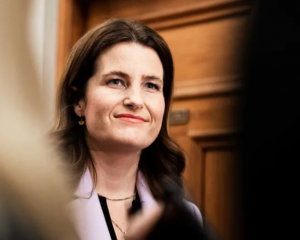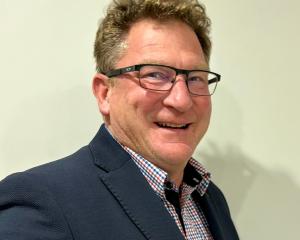
King Salmon will add a third monitoring site application to test viability for offshore fish farms in Otago.
The Otago Regional Council wants to process the consents itself, instead of calling in the Conservation Minister, departing with the methods of other regions the company applied to.
The Marlborough-based company applied for consents in Otago for two 3600ha monitoring sites off the region's eastern coast.
King Salmon business development manager Mark Preece said yesterday it hoped to submit an application next week for a third site roughly 20km off the coast of Oamaru, about the same size as those in the other applications.
Those applications are for a site 16km southeast of Coal Point, in South Otago, and another one 12km southeast of Shag Point, in East Otago.
The company would use monitoring buoys to gather information about whether the areas were suitable for salmon farming. It would then need to apply for consents for those farms.
The company also applied for three similar consents in Southland off the coast of Stewart Island, four in Canterbury and two in Marlborough.
The Southland and Marlborough councils both decided to call in the minister to process the consents, because they saw them as being of national significance.
Otago councillors decided on Tuesday it should process the consents itself. However, the minister could still decide to call them in.
Cr Gretchen Robertson said the consents were ''basic bread-and-butter stuff'' for the council.
''They're monitoring buoys and that's all it is at this point.''
Cr Michael Laws said it was such a minor issue he did not know why the council had to vote on it.
If the company later applied for consents for salmon farms, it would then become significant, he said.
Council chief executive Sarah Gardner said the consents could be viewed as part of a wider project to create salmon farms and therefore be seen as being of national significance.
However, she agreed with the staff decision to not call in the minister.
Mr Preece said the company should know if a site was viable about six months after monitoring buoys were put there.
If farms were created, the company imagined consents would be processed together on a national level to ensure consistency.
It was partly moving to offshore farms further south because of ''a rapid warming of the water temperature in the Marlborough Sounds''.











